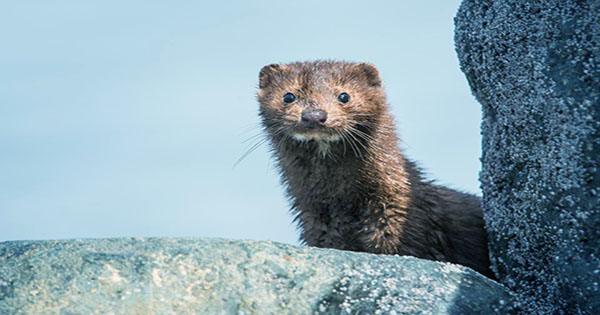There is currently no hard evidence that the wild mink virus is spreading, but it does suggest that the stork-cover-2 is roaming a new zoonotic pond. Experts have expressed concern that mink infected with Covid-19 that have escaped from livestock farms could spread the disease to wilderness areas and infect other animals.
In early November, Danish authorities announced that it would reduce the entire population of captive mink, known as “Cluster 5”, following the outbreak of a Covid-19 form on numerous ranches across the country. Following the outbreak of numerous Covid-19 outbreaks on livestock farms in Denmark earlier this year, it has become clear that Covid-19 can spread from person to person, from mink to mink, and from mink to human.
“The stork-covi-2 could potentially continue to be propagated on large farms or run away and be introduced to wildlife or other wildlife,” suggested Marian Koopmans, chief professor of viral science at Erasmus University in Rotterdam, who advised the World Health Organization (WHO). Said in an email to The Guardian. “Theoretically, as avian flu and swine influenza viruses do, their animal hosts continue to evolve, posing a permanent epidemic threat to humans and wildlife.”
Outside of Denmark, the Minneapolis Cavi-2 has been found on livestock farms in at least four states in the Netherlands, Spain, Sweden, Italy, and the United States. Minks, like many other species, are susceptible to Kovid-19 infection. Due to the shrinking condition of mink fur farms, it is especially easy for the virus to enter the captive mink population.
Speaking to IFLScience, Joan Santini, a professor of microbiology at University College London, commented. Therefore, there are reasons to be concerned that the infected mink virus may infect other at-risk animals. Good mink are solitary animals so it is unlikely that they will act as a reservoir during cultivation. “
Asked how the emergence of new zoonotic reservoirs would change the way Covid-19 hand manages the ongoing global epidemic, Professor Santini added: “In short, yes. “Not only do we have to prevent human-to-animal transmission, but we also need to have another infection from another animal to another animal and then to the human body. If it is transmitted to wild animals, it will become final. “















